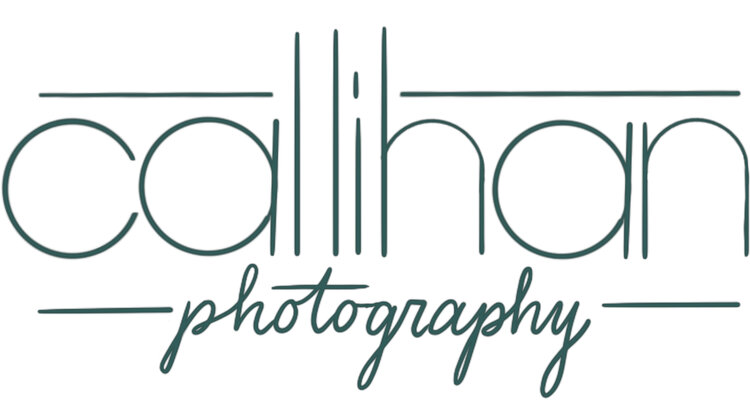1. Icecream!
I scream, you scream, we all scream for ICECREAM! This is one that just screams childhood. Homemade popsicles work great as well. Keep in mind what your child’s favorite icecream is, and then try to dress them in a color that would complement it! For instance, if you know your kid loves mint chocolate chip, dress her in pink and go with pastels! Or Red for a complimentary color. Does your child love rainbow sprinkles? Dress him or her in bright colors to make them pop! Then hand them that cone and make sure to capture all that sticky goodness as it melts down their arms!
2. Kite Flying!
As the winds change and the weather gets hotter, it’s a perfect time to capture Kite flying! Use the kites in creative ways to frame your subject. You can get a low perspective to show just how high that kite is flying. Use a quick shutter speed and make sure not to blow any highlights if you shoot in midday. Keep the storytelling in mind as well as composition.
3. Strawberries, and other summer fruit!
Watermelon, strawberries, oranges, cherries, blueberries, and peaches! Go to your local u-pick farmers market and make sure to capture the fun! This is the perfect time of year to think about seasonal food. If you garden- even better!! Capture all the details involved with picking, washing, eating, and drooling! Yum!
4. Parks!
Whether it’s national parks or just your local playground, summer is a perfect time to freeze all those moments. Get brave and take your camera out in public! (I’m encouraging that as much for you as I am for myself!) Slides and swings provide a nostalgic scene or childhood you will not want to forget. Consider thoughtfully how high those monkey bars are, or how fast they jump out of the swing. There are so many great story telling opportunities.
5. Flowers!
This one is so simple, but there are flowers everywhere in the summer! My favorite are phlox and cosmos for photos. But you can use any you see fit! Put your subject against a beautiful backdrop of flowers or get a photo of your child picking those weeds. Set up those flowers for your own still life or try your hand at some macro photography. Whether it’s your child making a wish on a dandelion or picking a handful of those beautiful flowers you just planted this spring, you will want to remember it! Don’t let life just slip by, slow it down with photography!
Thanks for reading!





















